The Order Of Lenin Awarded To A Soviet Soldier During The Russian Revolution
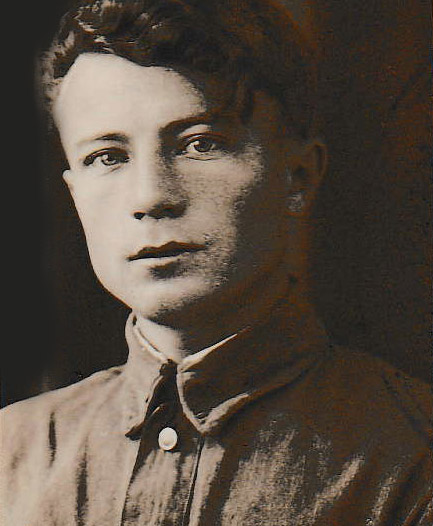
The Order of Lenin, the Soviet Unon's highest honor, was awarded in 1928 to this young Soviet soldier named Mikolai Mikhailovich Ostashchenko for "fighting against the enemies of the Supreme Soviet, Timchasovo Region in 1917, and against the Central Rada in 1918." The Central Rada was the Ukrainian Nationalist Council which existed for only a short time during the Russian Revolution, advocating separation from Russia. He was later awarded The Order of The Red Banner for bravery. He remained in the Red Army fighting against the Germans until the end of WWII when he was awarded these additional medals: The Order of Victory, and the Medal For Defence of The Caucuses.
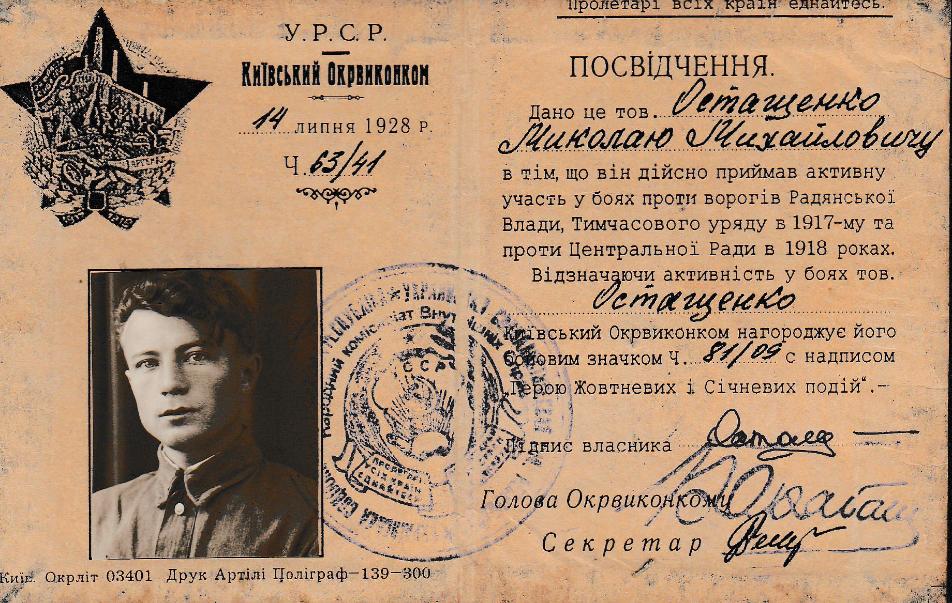
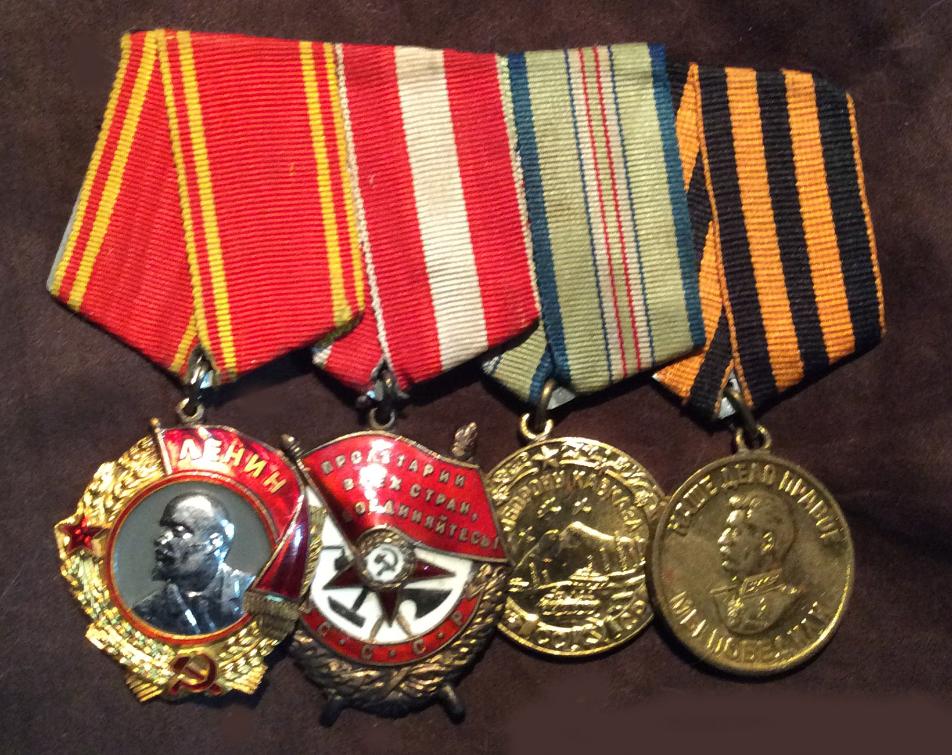
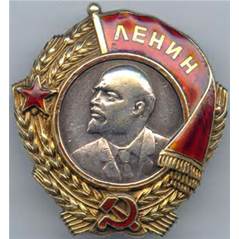
Established on April 6, 1930. The Order of Lenin is the highest award given by the USSR for both military and civilian people and collectives. It is awarded for outstanding services to the revolutionary movement, labour activity, defence of the Homeland, and strengthening peace between peoples. Early issues of the Order (1930-1934) were made of silver followed by gold (1934-1936). Modern issues contain a platinum bust of Lenin surrounded by gold bands of wheat. Above the bust is a red enameled flag with Lenin's name in gold Cyrillic letters. The bottom of the Order contains the hammer and sickle in red enamel. The medal is suspended on a pentagonal device with a ribbon consisting of three 2mm stripes on the edges (yellow-red-yellow) and a center red stripe.
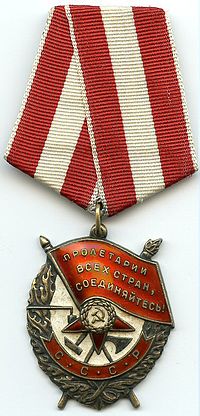
Order of The Red Banner, established August 1, 1924. The order was awarded for bravery and courage in defense of the Homeland. The award consists of a red enameled star on a white enameled background surrounded by a silver gilt wreath of oak leaves. The star is superimposed over a silver hammer and plough. Two of the upper points of the star are covered by a red enameled banner crossed with a golden torch. In the center of the star is a circle of golden laurels with the hammer and sickle on a white enameled background. The award is suspended by a pentagonal ribbon of three equally sized stripes, two red stripes separated by a white stripe and a 2mm white stripe on each edge. If the award has been received more than once, the subsequent awards are designated by the number of the award on a white enameled background on the bottom of the medal.

The Order of Victory was established May 9, 1945. It was awarded to all service men and civilians who took part in action on the battlefronts of The Great Patriotic War. The award consists of a 34mm brass medal with the bust of Stalin in the center and the inscription "Our cause is just" around the bust on the obverse. The reverse of the award has the inscription "For Victory Over Germany in the Great Patriotic War 1941-1945". The medal is suspended by a ribbon that was taken from the Czarist Order of St. George consisting of three 5mm black stripes separated by twostripes with a 2mm orange stripe on each edge of the ribbon. Over 1,400,000 were awarded.
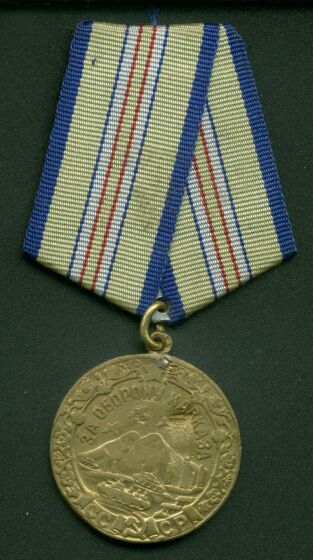
The medal "For the Defence of the Caucasus" was awarded to all participants in the defence of the Caucasus - soldiers of the Red Army, sailors of the Navy, troops of the NKVD, as well as persons from the civilian population who took part in the defence of the Caucasus during the battle for the Caucasus.